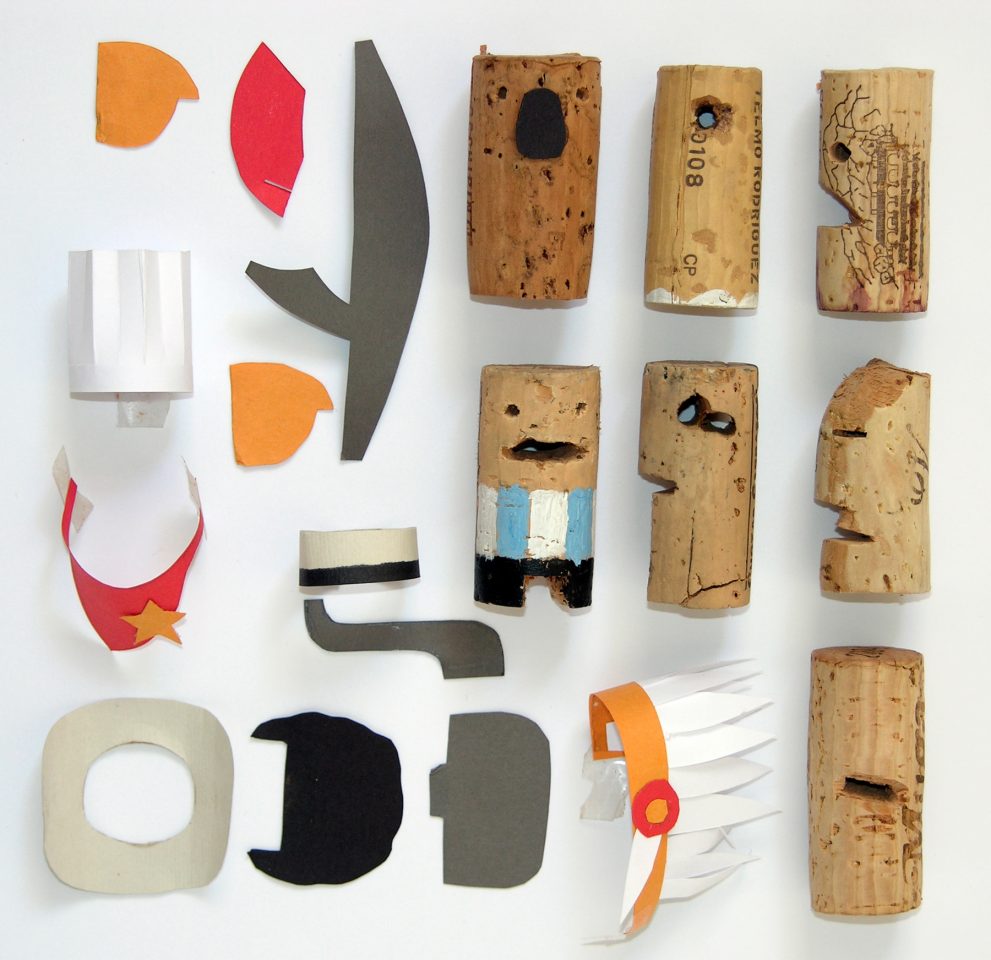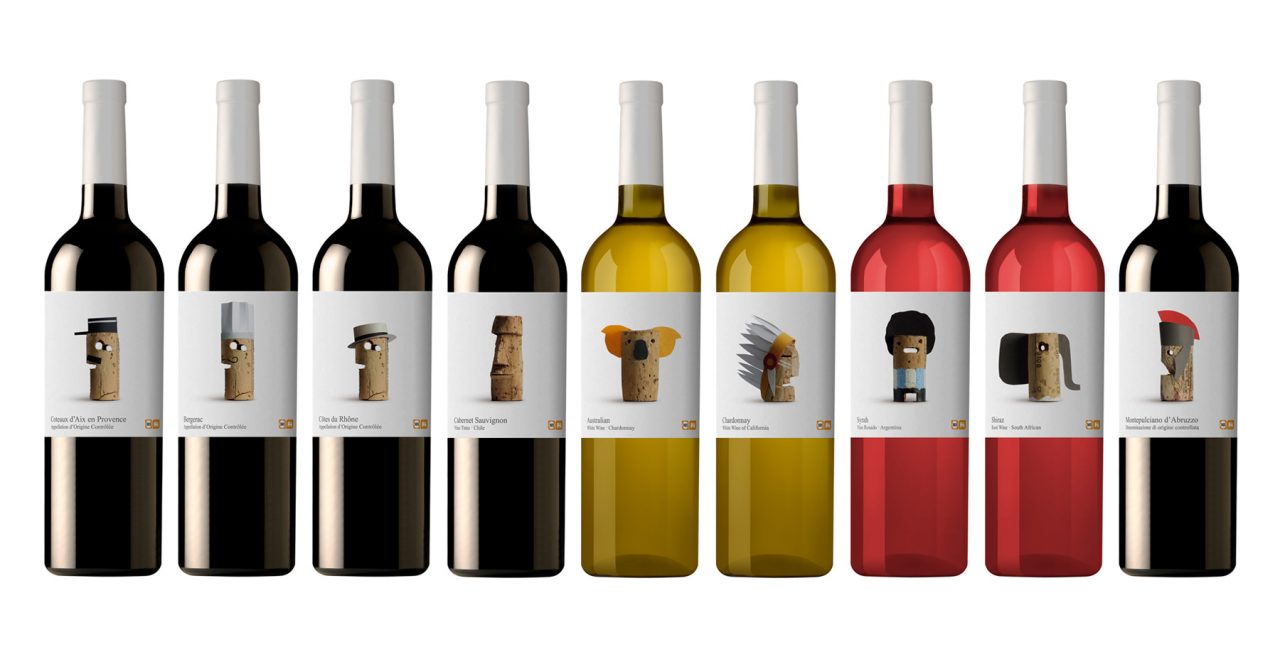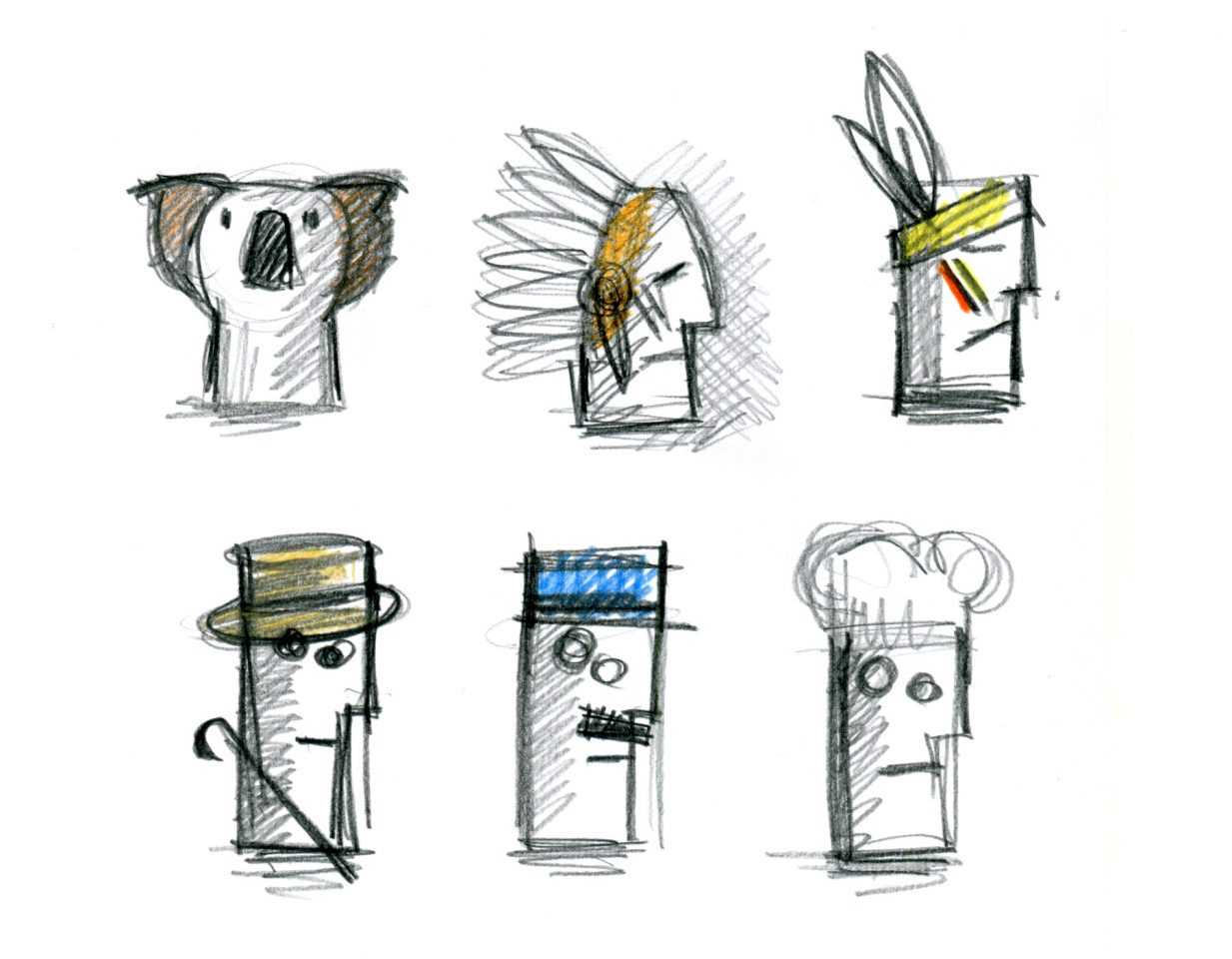Nacho Lavernia
on differentiation
and design value
Recently Nacho Lavernia was interviewed for Design Genius, a book on the ways and workings of creative thinkers by Gavin Ambrose and Paul Harris.
Design Genius celebrates the creative thought processes of 69 leading artists, designers, creative agencies, animators, illustrators and typographers. While highlighting key design techniques and theories, the visual curiosities presented in this book aim to engage, provoke and inspire.
Here is the interview

Lavernia & Cienfuegos’ design for Delhaize Vinos establishes a human connection through amateurism and the personification of corks extracted from bottles of wine. The various grape-growing regions are depicted by well-known signifiers, such as hats, that relate to specific regions. For example, a Roman centurion’s helmet for Italy and a policeman’s cap for France. There is also the explicit use of characterization, such as the depiction of footballer Diego Maradona for Argentina. in full.
Gavin Ambrose: I want to ask about the process of creating something new. Many markets are now saturated, so design has to play a more important role in brand development in the creation of new or existing products. The Delhaize Vinos project (shown opposite and on the following spread) is a good example of this, in a very crowded, saturated market you have found a new angle with a fresh approach.
Nacho Lavernia: We always try to find an original focus and then resolve it in a singular form. Sometimes, we do this successfully and at other times less so. Differentiation is now the value that is most demanded of design. Design provides other values of course but the need to differentiate brands and products has been a growing trend in recent years given that the market has become saturated, as you say. It is continually more difficult because today one competes with the whole world and therefore, you have to differentiate yourself from the greatest number of brands and products.
It is a dynamic that is starting to generate something like vertigo.
GA: How do you put a value on design? Value is a word often used in relation to design but to define exactly what this is can be tricky. Is it simply monetary value design can offer? Or does it a offer a more holistic set of improvements to how we live, to the way the world looks and acts?
NL: Any object has three values: use (its utility), exchange (its price) and significance. What is the value of its significance? Its capacity to influence ourselves and our environment. There are objects that reinforce our self-esteem or that help others see us as we want them to. The objects we posses are a reflection of our economic and cultural status. We think about cars or clothes where the value of the significance is very high. But design can add value in any of these aspects– functional improvements, cost improvements and emotional improvements produced between the object and its owner.

GA: A lot of your work makes very human connections, be it through narrative – as with the wine project – or through other senses such as touch and shape. Is the human interaction part of design something you consciously try to foster?
NL: Isn’t this the job of a designer? I think one of the things that differentiates the designer is to always work on the relationship between the object and the user. The artists or engineers that are at the two extremes of design act in another way. The first focuses on themselves, in their expressive capacity. The second on the object, on its functionality. It is the designer that has the user as their prime objective.
GA: Does your environment affect how you work?
NL: I think the work environment, that is the place, the ambience, the team, is decisive, but I also think it is a consequence of the way that each person works. That is, there is a reciprocal influence between oneself and the environment. The environment is created, or at least, you can transform it. Alberto Cienfuegos, my partner, and I have always thought this and we have tried to surround ourselves in a work environment that is at the level of our needs and also of our desires.

Design Genius

